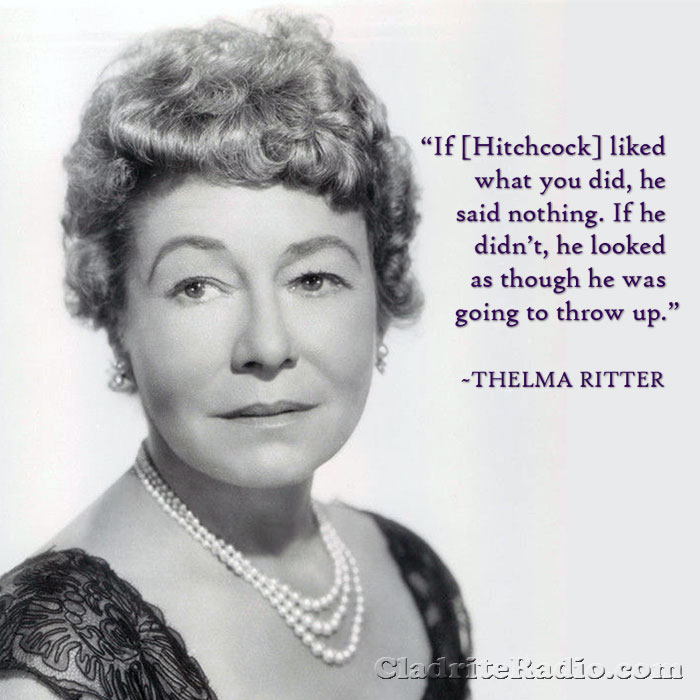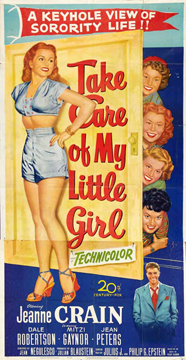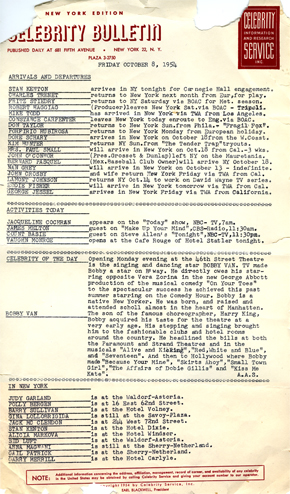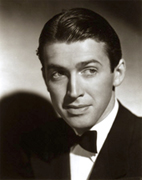The inimitable Thelma Ritter was born 115 years ago today in Brooklyn (natch), New York. She was a spectacular character actress, bringing a touch of magic to everything she appeared in with her portrayals of a very particular type of world-weary, wise and wisecracking New Yorker. Here are 10 TR Did-You-Knows:
- Ritter began acting at an early age, appearing in high productions and stock theatre in the New York area before studying at the American Academy of Dramatic Arts.
- Ritter found work on the stage in her early years, but took a hiatus from acting to raise her two children with former actor and advertising executive Joseph Moran. Ritter and Moran were married for 42 years until her death in 1969.
- When money was tight early in their marriage, Ritter and Moran made a practice of entering the advertising slogan and jingle contests that were so prevalent at the time.
- Once her children were of age, Ritter returned to stock theatre and also found work in radio, but it was her first motion picture role, a small part as a harried shopper in Miracle on 34th Street (1947), that sparked her ascent as an actress. She was 45 years old.
- From 1953-1961, Ritter was nominated six times for the Best Supporting Actress Oscar without ever winning. Deborah Kerr was also nominated six times, but for Best Actress, and Glenn Close has been nominated three times each in those two categories. Like Ritter, Kerr never won an Oscar, and Close, too, has come up empty so far.
- Four of Ritter’s Oscar nominations came in consecutive years—1950-53—a feat achieved by just four other actors: Jennifer Jones (1943-1946), Marlon Brando (1951-1954), Elizabeth Taylor (1957-1960) and Al Pacino (1972-1975).
- Ritter did win a Tony in 1958 in the Best Actress (Musical) category for her work in the show New Girl in Town. She tied for the award with her costar, Gwen Verdon.
- Though she was fourth-billed in Alfred Hitchcock‘s Rear Window, under James Stewart, Grace Kelly and Wendell Corey, Ritter received the highest salary of any member of that picture’s cast: $25,694.
- In addition to her work in the theatre, in picture and in radio, Ritter was active on television in the 1950s and early ’60s, on such programs as Alfred Hitchcock Presents, General Electric Theater, and The United States Steel Hour.
- Director George Seaton helmed both Ritter’s first movie, the aforementioned Miracle on 34th Street, and her last, What’s So Bad About Feeling Good? (1968).
Happy birthday, Thelma Ritter, wherever you may be!






